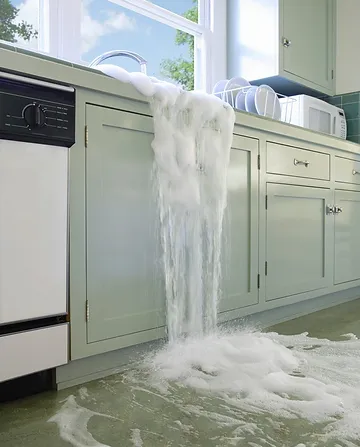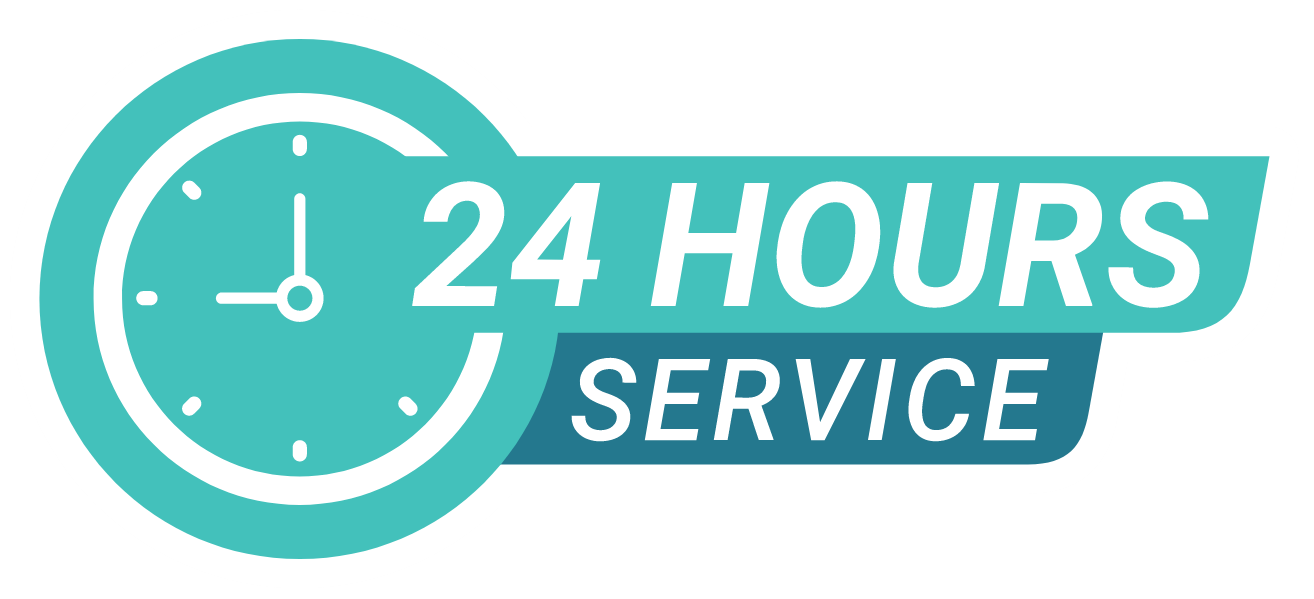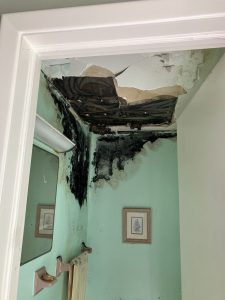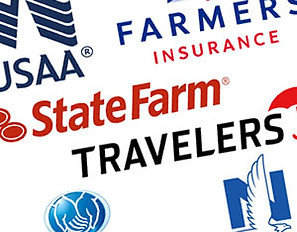Categories of Water Damage & The Risks Your Property Faces with Each
Tri State Restorations, LLC operations adheres to the industry standard operating procedures as produced by the IICRC. The IICRC Standard for Professional Water Damage Restoration (IICRC S500) is a procedural standard that defines the 3 categories of water and the correct procedures to mitigate each. Category 1 revolves around clean water sources, Category 2 is a slightly contaminated water source and Category 3 or “black water” is a highly contaminated water source. What this definition doesn’t specify though, is how a water source’s category can dramatically change based on the materials and substances it comes in contact with throughout the migration path within your property’s building materials.
Misnomer: Category 1 Water Classification = “Clean Water Source”

Category 2 Water – Significantly Contaminated
Category 3 Water – Grossly Contaminated or, “Black Water”
The IICRC S500 defines Category 3 water damage as water that is “grossly contaminated and can contain pathogenic, toxigenic, or other harmful agents and can cause significant adverse reactions to humans if contacted or consumed.” Examples of Category 3 water damage can include:

Sewage & wastewater line backup
Seawater
Wind-driven rain from hurricanes & tropical storms
Not sure what type of water damage you have, or what you may be susceptible to? Contact us 24/7 at 866-818-1949
Sharing is caring!







